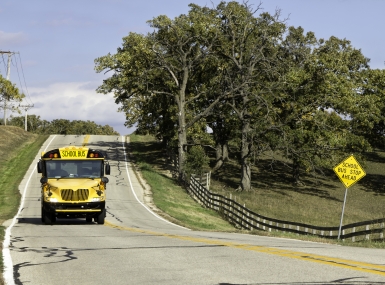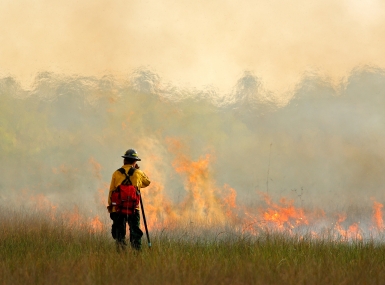BLM continues streamlining, addresses grazing

Key Takeaways
The Bureau of Land Management is continuing its efforts to update its operations, streamline processes and possibly reorganize how it regionalizes the country.
Brian Steed, BLM’s deputy director for policy and programs who exercises the authority of the director, offered general observations about that process to the Public Lands Steering Committee.
“We’ve been working very hard to be more responsive to counties and local government,” he said.
The BLM is reviewing its grazing policies, in part because a court ruling that protects the sage grouse interferes with current regulations. Steed thinks grazing could be a tool in removing invasive species and fuel for wildfires. On the other side, wild horses continue to overgraze large parts of the interior West. The BLM counted roughly 83,000 horses in 2018 before that year’s foals were born, which Steed said upped estimates to 100,000.
“Those horses are above carrying capacity on the lands,” Steed said. “I can take you places in Nevada where you can find areas eaten down to the ground. We’re losing soil, native species and springs,” and they cost up to $5 a day to feed.
The BLM has undertaken a review of 2015 sage grouse plan after some states were upset with the process, even though they liked the outcome. The draft plan for Wyoming, Colorado, Utah, Oregon, Nevada and California and the records of decision would likely be released in March.
The bureau, along with the rest of the Department of Interior, is trying to reduce the time it takes to process requests and the size of documents, including a cut to 150 pages in a document versus 300, the time it takes to publish documents in the Federal Register (39 days versus 4-6 months in 2017).
The same has gone for processes permits for drilling leases. During FY 2018, the BLM processed 4,527 permits, an increase of 1,500 from 2016. The backlog has been pared down to 176 days versus 257 in 2016.
The BLM is also working to get the authorities to streamline the timber production process.
“We produce more forest than we harvest,” Steed said.
A year after the Department of Interior’s watershed-based reorganization was struck down, the department continues to figure out how it will regionalize. Steed said that the state director system will be retained, based on public feedback.
The department’s new proposed regions would consolidate different agencies to help reduce conflicts between different regions. Congress has “blessed” the reorganization, Steed said.
“This is a bigger issue for the Park Service, Fish and Wildlife and Bureau of Reclamation,” he added.
Attachments
Related News

Secure Rural Schools Reauthorization Act of 2025 signed into law in victory for counties
On December 18, 2025, President Trump signed the Secure Rural Schools Reauthorization Act of 2025 (P.L. 119-58) into law. The reauthorization of the SRS program is a major victory for counties and ensures that timber-dependent counties will receive critical funding to maintain essential local government services such as public education and transportation infrastructure.

DOI announces creation of new U.S. Wildland Fire Service
On September 15, the U.S. Departments of the Interior (DOI) and Agriculture (USDA) announced major joint directives to change how the agencies will coordinate and provide wildfire response, including the creation of a new U.S. Wildland Fire Service within Interior.

U.S. House of Representatives passes SPEED Act and other permitting reform bills
On December 18, the U.S. House of Representatives passed the SPEED Act (H.R. 4776). The SPEED Act would strengthen county involvement in decision-making and make needed commonsense reforms to the federal environmental review process.
